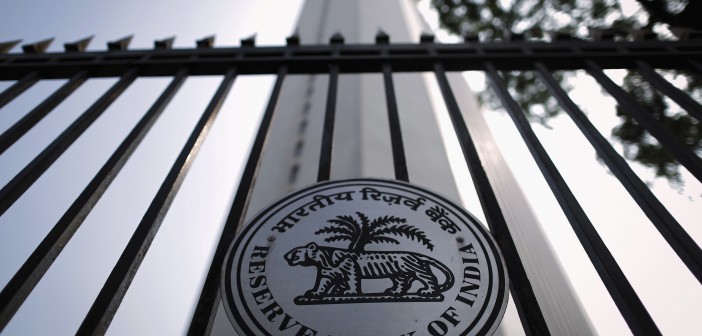The Indian government’s efforts to tackle non-performing assets (NPAs) are central to the growth agenda, writes India Inc. CEO Manoj Ladwa.
It could, in times to come, rank as one of the Narendra Modi government’s boldest reform measures—and definitely as the one that exposes his government to the most damaging backlash… but I’m getting ahead of myself. Let me first to give you some background.
In May this year, the Indian government issued an Ordinance empowering the Reserve Bank of India (RBI), the country’s central bank, to direct banks to start bankruptcy proceedings against loan defaulters with outstandings of more than Rs 5,000 crore ($800 million).
This is, by far, the most radical step taken by any government to cut the Gordian Knot of non-performing assets (NPAs or banking jargon for delinquent loans) that has been plaguing the Indian banking sector for almost a decade. As another aside for those who may not be familiar with the phrase ‘Gordian Knot’, it has its origins in the mid-16th century from the legend that Gordius, king of Gordium, tied an intricate knot and prophesied that whoever untied it would become the ruler of Asia. It was cut through with a sword by Alexander the Great.
NPAs are a monumental problem the Modi administration inherited from the Congress-led UPA government. There have been allegations of political interference in the sanctioning of many of these loans, resulting in completely stalling India’s domestic investment cycle. Banks grappling with mountains of unpaid loans are in no position to lend and several large companies, with huge NPA portfolios are in no condition to borrow.
Result: gross NPAs in India’s banking system have touched $150 billion or 10 per cent of all outstanding loans. Then, the gross fixed capital formation in India, which measures total investment in the economy slipped into negative territory – at -2.2 per cent in 2016-17, according the Government of India’s Central Statistical Office. And surplus capacity in the Indian economy is estimated at 25 per cent.
The net effect of all this is that the domestic investment climate in India remains tepid. It is only public investment of about $90 billion this year and record foreign direct investment inflows of more than $60 billion that are keeping the wheels of the Indian economy in motion.
That is why the Reserve Bank of India’s directive to banks is so critical for the continued wellbeing of the Indian economy.
A central bank press release in June this year said: “The Internal Advisory Committee (IAC) arrived at an objective, non-discretionary criterion for referring accounts for resolution under the Indian Bankruptcy Code (which mandates resolution of bad debt problems within 180 days, failing which the defaulting company is liquidated). “In particular, the IAC recommended for IBC reference all accounts with fund and non-fund based outstanding amount greater than Rs 5,000 crore ($800mn), with 60 per cent or more classified as non-performing by banks as of March 31, 2016.”
Following this, banks initiated proceedings against 12 defaulters that, between them, accounted for a staggering 15 per cent or so of all bad loans. The list includes some of the biggest names of Indian industry – Essar Steel, Bhushan Steel, Japyee Infratech, Lanco Infratech, Electrosteel Steels and Amtek Auto, among others.
Many of these companies were considered blue chips till not so long ago. By taking on their promoters, Modi has taken a huge risk. These powerful people have the capacity to engineer a huge backlash against the government. But Modi has displayed a capacity for taking risks that other politicians back away from and emerging stronger from it.
And there’s a fly in the ointment – there always is! Essar Steel has gone to court against the fast tracking of bankruptcy proceedings. If it succeeds in getting relief, other similarly placed companies may follow suit and take the legal route.
It will be a pity if legal wrangles in the fabled archaic Indian system hold up or delay the Modi government’s efforts at trying to clean up the mess in the country’s banking system.
I can only hope that the government has a Plan B ready. Without it, the boldest attempt so far at trying to take India’s growth cycle to a higher trajectory will have been stymied at the start. Modi has made the big political decision, follow up from the burreacracy and efficiency within India’s judicial system is now what is urgently required.







